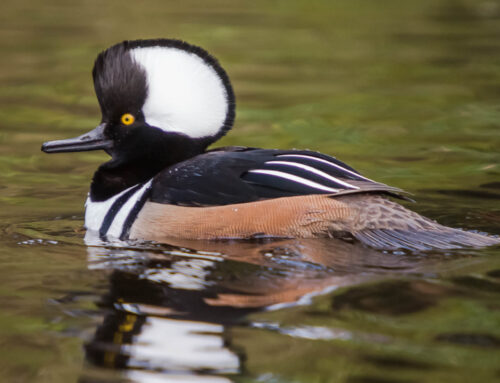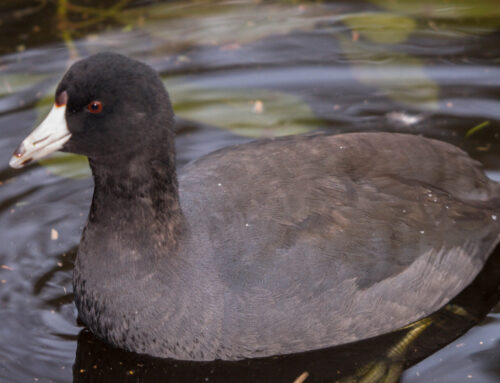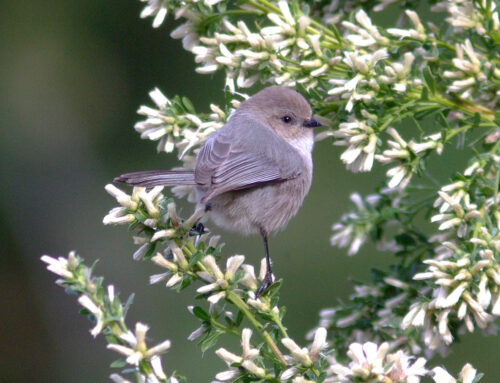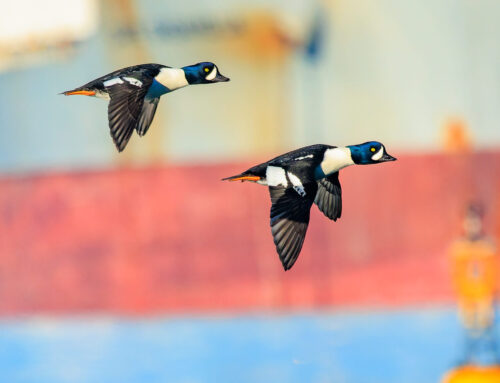Common Name
Bald Eagle
Species Name
Haliaeetus leucocephalus

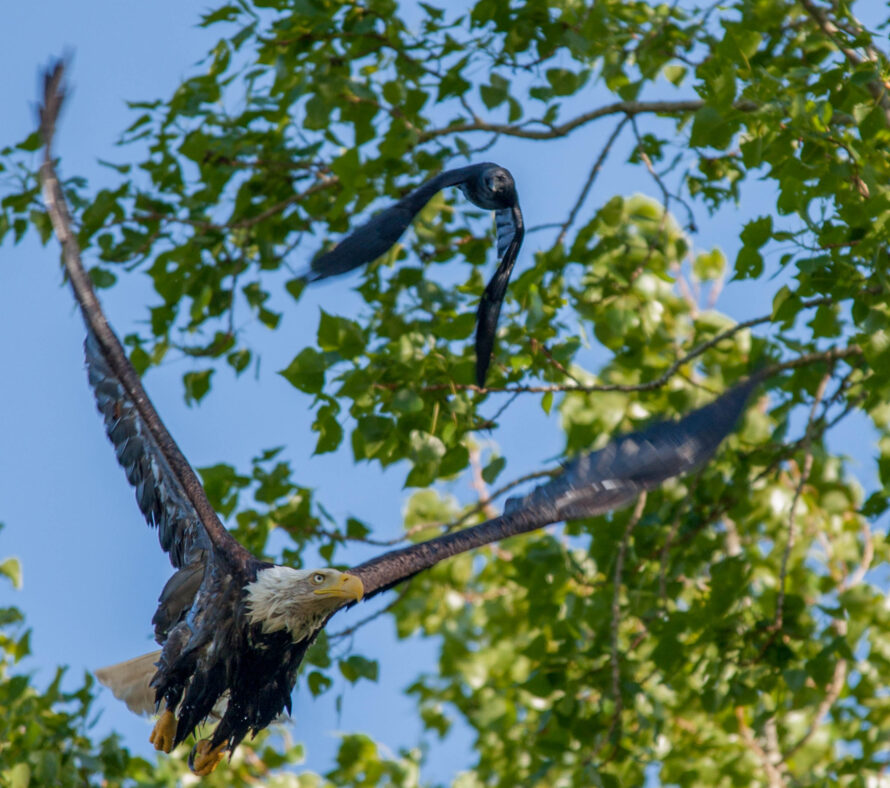
©2006 Mark White

©2007 Mark White
Appearance
75-108 cm length | 1.8-2.5 wingspan | 3-6.3 kg weight
These large raptors are recognizable by their white head and tail, and dark brown bodies. They have a heavy body, large head, long hooked yellow bill, and yellow feet. In flight the Bald Eagle holds its broad wings flat, like a board, to soar.
Juveniles have dark brown heads and bodies with whitish mottling in wings and tails. Young birds attain their distinct adult plumage in about 5 years.
Habitat / Behaviour
Carnivore | Wetlands, coasts, waterbodies, mountains, and open country | Lives 15-20 years
Bald eagles are powerful birds who can soar, glide, and flap over long distances. They have spectacular courtship displays, some of which involve the male and female flying high into the sky, locking talons, and cartwheeling back towards earth together. During breeding season Bald Eagles may be seen defending their nests from intruders including, raptors, ravens, coyotes, and foxes.
These birds are opportunistic hunters and will eat a wide variety of foods depending on what’s available. This includes birds, reptiles, amphibians, invertebrates – such as crabs, small mammals, and, most commonly, fish. They will take live pray live as a predator or feed on carrion as a scavenger. They do most of their hunting from high perches, and then swooping down to catch prey in its talons. They will also harass other birds, such as Ospreys and other eagles, to steal prey. They will occasionally do the same to some mammals such as river or sea otters, and even people. Bald Eagles are also known to push other creatures out of the way when eating at a carcass.
Breeding
Monogamous for life | tree nester| 1-3 dull white eggs | 1 brood per year
Nests are typically in tall sturdy trees except where only cliffs and ground sites are available. The tree nests tend to be in trees taller than the surrounding forest canopy, providing easy flight access and good visibility. Nests are built towards the trunk of the tree, high up but below the crown. Nests are built by both sexes; weaved with sticks and finer material, such as; grass, moss, or cornstalks. The insides of their nests are lined with fine woody material, such as lichen, and downy feathers. The nests are some of the largest among birds – typically 1.5 to 2 meters wide and 0.5 to 1.2 meters tall. It can take up to three months for the birds to prepare their nests and they will be reused and repaired for multiple years.


